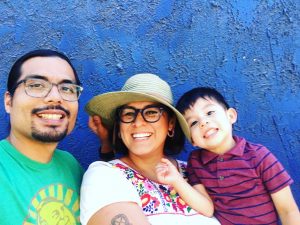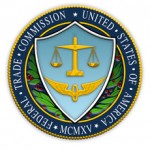In 2000, Christine Vega Villarreal a high school senior in San Fernando, California, was still unsure of what she would do after high school. As a first generation student who grew up with immigrant parents from Mexico, she did not have the necessary tools and resources to support her as she considered her options. Likewise, her high school trajectory, due to “tracking,” did not provide Christine the support she needed while in high school. She faced marginalization due to her English Learner (EL) status and was placed in remedial courses. Christine struggled with meeting expectations regarding academic rigor, and found herself increasingly disengaged in class. She began to skip school. It was through the encouragement of her art teacher and classmates, and after many visits to the counselor’s office, that she was able to be placed in Advanced Placement (AP) courses. She struggled at first but eventually these AP courses made her re-engage fully.

Christine Vega Villarreal with her partner Alfredo Huante, a Ph.D. Candidate in the Department of Sociology at the University of Southern California, and their son, Janitzio Huante-Vega.
Christine is a first-generation U.S. citizen. Much like many EL students who are U.S. citizens, immigrants and refugees, Christine faced linguistic and resource barriers that limited opportunities. EL students, in fact, tend to face opportunity and achievement gaps and experience lower college going rates. By the time EL students reach 12th grade most have the necessary English skills for daily life but many lack the language proficiency needed to succeed in college. This expected language proficiency deals with mastery of academic vocabulary, discourse style, formality, and complexity of syntax. To successfully transition EL students like Christine to postsecondary education and training, both secondary and postsecondary institutions must understand the unique challenges EL students face and increase their support mechanisms for EL students. Without this understanding and support, entry into postsecondary education might not result in successful completion.
You may wonder whether Christine’s experience is unique. Data tell us it is not.

